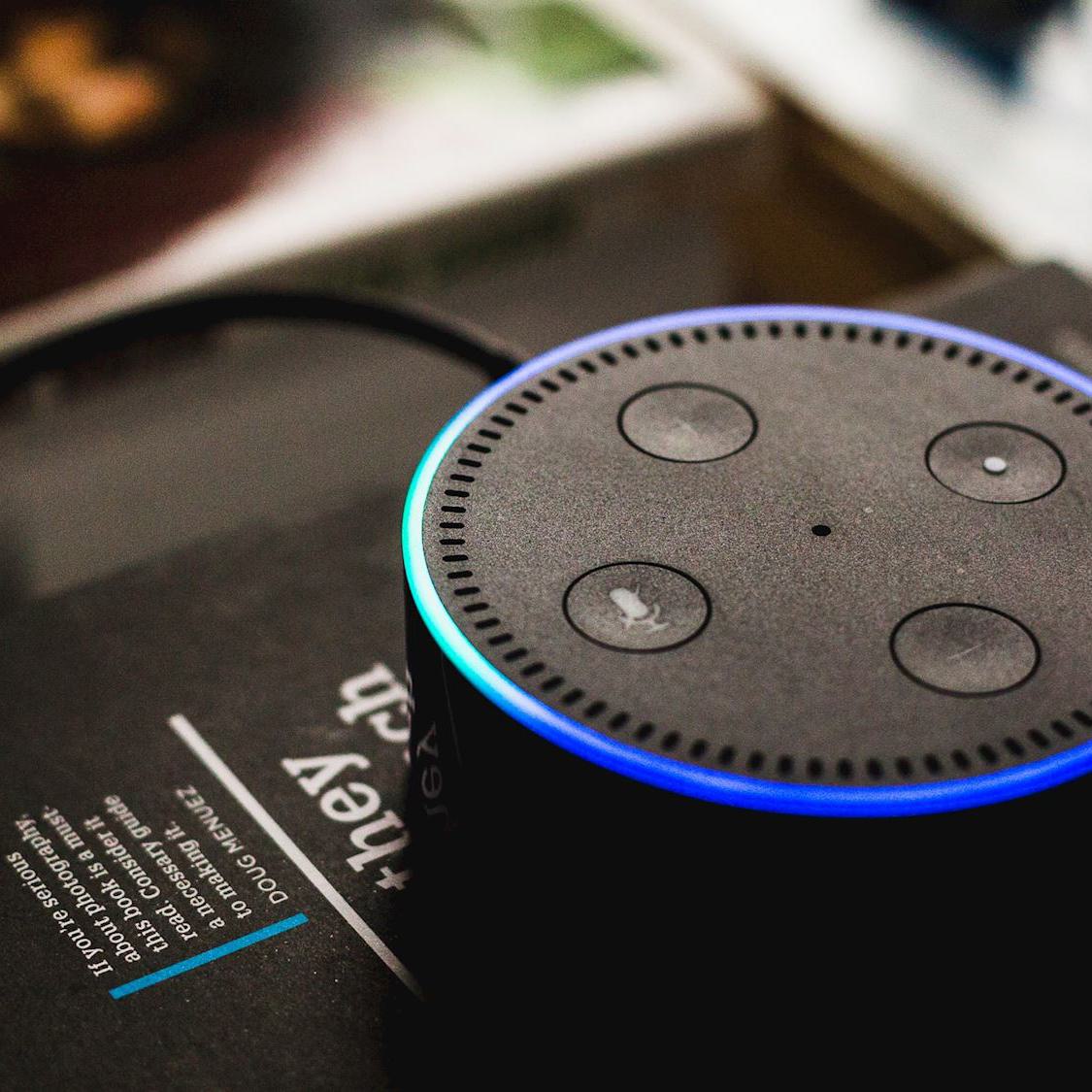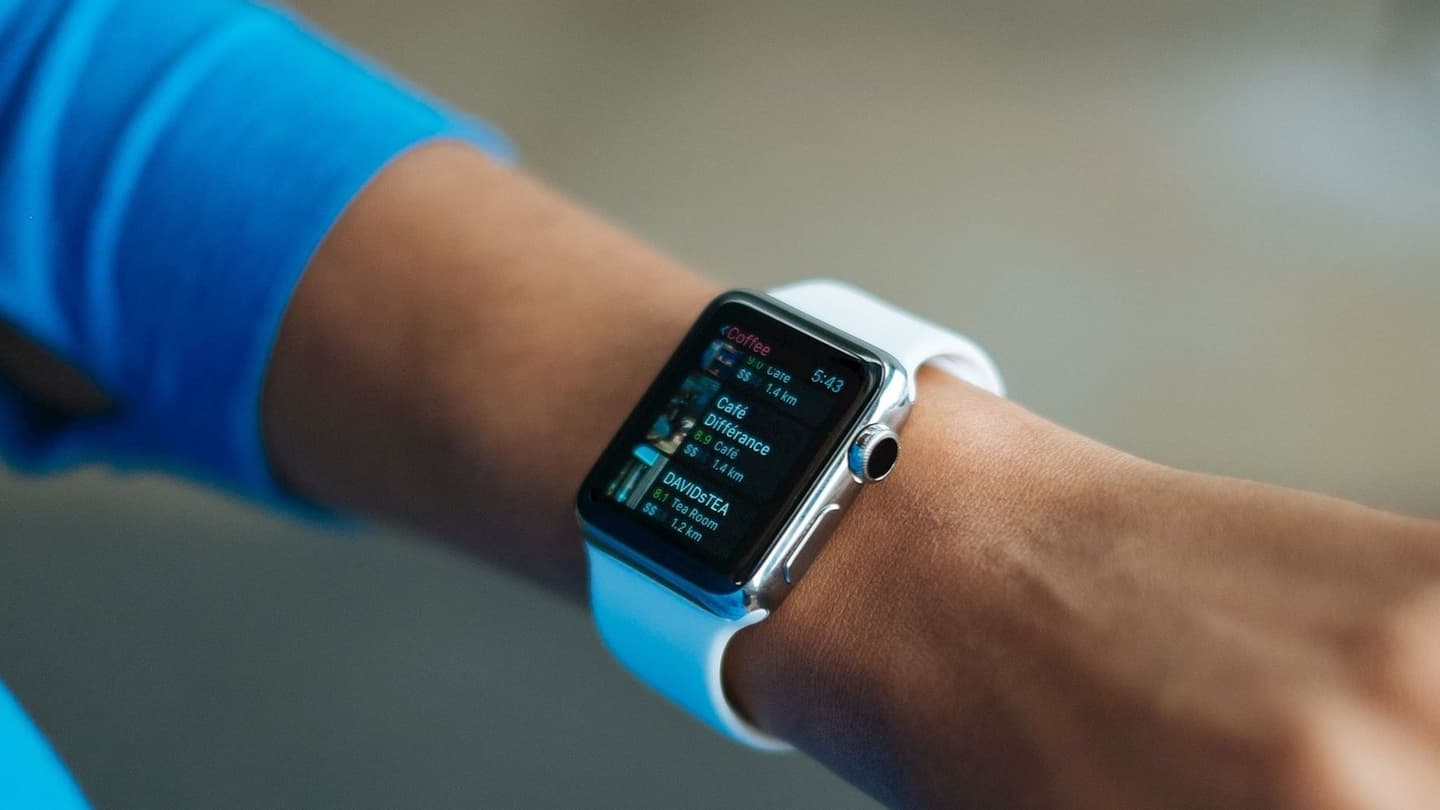Everyone is talking about the Internet of things (IoT ). Even though this term was coined in 1999, its current definition has emerged only in the last decade. It now means a network that connects devices to the Internet and to each other for the purpose of monitoring, controlling and transferring the information necessary to perform tasks (eventually even replacing people). Despite the fact that other consumer technologies like virtual reality (VR) and artificial intelligence (AI) boast great application prospects, the IoT has so far been the technology with a more immediate impact on people's daily lives.

Everyone is talking about the Internet of things. A network of things that includes electronics, software, sensors and network connectivity.

It is most commonly used in the home. Our daily lives are now populated by voice-activated light switches, remote-controlled thermostats, video surveillance systems connected directly to smartphones, and dozens of other more advanced processes. According to a report published by GSMA, 27% of all global machine-to-machine (M2M) connections are in China, while Europe has 29%, and the United States 19%. In 2011, Cisco predicted that by 2020, the number of connected devices would be 50 billion. Even though we can probably ignore this prediction due to the gap between the digital and physical objects, which has proven to be more complicated than expected (it is believed that connected devices will be around 20 billion), there are already many sectors making use of this technology or which could take advantage of it.
However, we need to make an important ‘field’ distinction. The IoT most frequently discussed refers to the one oriented towards the end consumer. However, there is another type which is oriented towards industry: the IIOT, the Industrial Internet Of Things, less well-known but also being developed. In comparison, the ‘traditional’ Internet of things is geared towards the masses, and for that reason, we find so many applications in daily life. Just think about the home automation industry, which, thanks to IoT technology, is becoming more and more sophisticated. Retailers now offer ‘hubs’ which allow users to combine everything into a single portal or application that can be control from a smartphone. Thanks to these systems, which are like real command centres, homeowners can control hot water, lights, CCTV cameras, heating and much more.

Another emerging area is wearable devices, which first appeared on the scene in 2015. These include a wide range of sensors, micro-computers, smart watches and glasses designed for people or even animals. These devices can track daily routines and, above all, send an alert when significant deviations are detected, allowing timely action to be taken if necessary. The most common are fitness-tracker watches which can track calorie consumption and physical activity. Even animals can benefit from these devices. For example, some lions in southern Kenya have been fitted with GPS collars, allowing researchers to track their movements and to better protect animals in danger.
The IoT has been particularly impactful on retail companies. A recent study in Aruba found that 79% of retail companies interviewed want to implement this technology by 2020. Amazon has been a pioneer in this area. In 2018, the company opened its first cashierless store in Seattle, relying on ‘Just Walk Out Shopping’, a system that can detect when products are taken or put back on the shelves, keeping track of them in a virtual shopping cart. It works like this: the customer scans a QR code associated with them (available on their smartphone), and cameras and sensors track purchases. They also detect when the customer leaves the store, and the system then charges the purchases directly to their Amazon account.

However, when speaking of the Industrial IoT, we need to focus on a smaller scale. Precisely because the devices are designed for industrial uses, there are fewer of them, but they are far more complex and based on a much larger amount of data. These technologies have been developed ad hoc to be integrated with existing infrastructures and to collect, aggregate and analyse data that is useful to the company from a management perspective. Practically speaking, it compensates for the lack of a comprehensive (human) view of all the processes. For this reason, even its sensor technology is much more advanced compared to the one on the consumer market and allows for tracking performance in real time, down to the millisecond. The reliability and resilience of this type of technology is as important as how ‘responsible’ it is because, in these cases, any damage could go far beyond the odd light left on by any consumer-oriented IoT device.